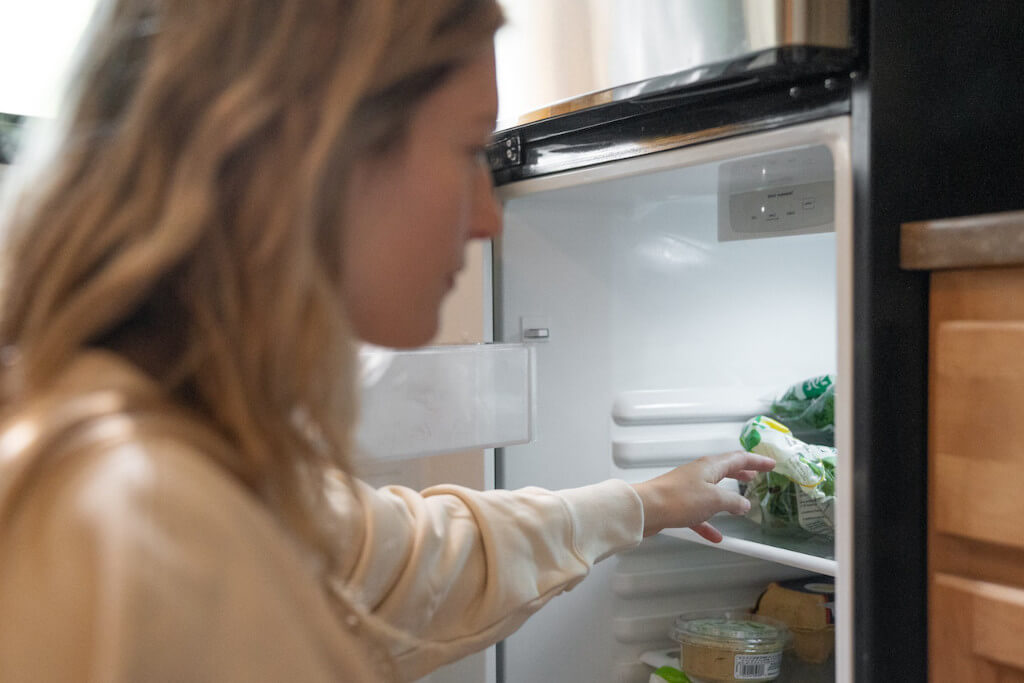The problem of load shedding, which South Africa has been trying to solve for almost 15 years, is getting worse, and it affects every area of life, including the essential one of keeping food safe. This article aims to explore how one might promote food safety despite the varying temperatures in our refrigerators, as power outages are becoming increasingly commonplace. Our analysis of the problem and our suggestions for avoiding food-related illnesses are informed by the knowledge offered by Lise Korsten, a specialist in the field of food safety.
Fresh Foods in a Time of Reduction
Examining Old Refrigerator Routines
Because of the disruptions in our everyday lives caused by load shedding, we must examine the norms that regulate our use of the refrigerator. Taking stock of what’s already in the fridge can help us avoid buying unnecessary items and ending up with food that goes to waste. When the reliability of your power is in question, it’s best not to stock up on too many perishables so that you don’t have to throw them away before they go bad.
Pollution and Sanitization
Maintaining a spotless kitchen and fridge is of utmost importance. Contamination hotspots, such as those impacted by the seepage of raw beef blood, must be checked regularly. In addition, restoring optimal performance by fixing problems like ice accumulation in freezers can help avoid bacterial growth.
Repairing a Fridge
With improved insulation and sealing, modern refrigerators can keep food cold for much longer than their predecessors could. However, the onus is on the individual to guarantee a properly sealed door in older appliances to limit temperature fluctuations. The risk of deterioration can be reduced by relocating milk and other perishables from the warmer door area to the cooler back of the fridge when the power goes off.
Exploring the Nuances of Refrigerator Temperature
Microorganisms, Hotspots, and Risk Areas
Understanding how microbial growth is affected by temperature is an important part of the discussion surrounding food safety. There is a wide variety of microorganisms, and some of them can promote illness; their reproduction is greatly affected by changes in temperature. Emerging as the “danger zone,” the temperature range of 4 to 60 degrees Celsius is where most bacteria flourish, highlighting the importance of a controlled cold chain to reduce the rate at which bacteria can multiply.
Dynamic Study of Microorganisms
Knowing that not all bacteria and viruses are harmful and that nature maintains a delicate equilibrium of these organisms is a crucial step toward ensuring food safety. Therefore, it is necessary to develop strategies aimed at restricting the proliferation of dangerous microbes while maintaining the growth of good microbes.
How to Deal with Leftovers When the Power Is Out

Using Sense Information
Another difficulty is deciding whether or not leftovers are safe to eat. Using our senses of smell, touch, and sight as early warning systems for spoilage is a big part of the solution. Analysis of garbage collector behaviour suggests trusting one’s intuition and personal knowledge of food poisoning risks while deciding whether or not to eat anything that was previously discarded.
Methods of Reheating
Bacterial development is inhibited by consistent temperatures, thus it’s important to only reheat food once. This method calls for a shift in how people are used to cooking, as it advocates making meals that are only enough for one person to eat.
Preventative Steps During Peak Load Reduction
Meal Preparation
Individuals are encouraged to adjust their meal planning, cooking, and serving times to accommodate the load-shedding patterns to make the most of their limited access to electricity. The objective is still to make the most of the few hours after work to ensure people can eat healthy meals.
Consumption with Conscience
The value of mindful consumerism underpins this discussion. We must stop wasting food in this country, which is struggling with hunger. As a result, rethinking how we eat and how we dispose of food waste is an essential principle.
A multimodal approach based on vigilance, knowledge of microbial dynamics, and adaptive methods for food storage and consumption is essential as we navigate the complex maze of preserving food safety in the face of frequent power outages. This article, which draws on the wisdom of Lise Korsten, aims to provide readers with the tools they need to keep mealtimes sacred despite the difficulties they may face.
While there will be many obstacles to overcome, food safety concerns can be greatly reduced if people take an active and well-informed approach to dealing with load shedding. It’s time to take a step back, take stock, and refocus our efforts on cultivating a way of life that not only protects our health but also shows support for the larger cultural ethos of conscientious and ethical purchasing.




